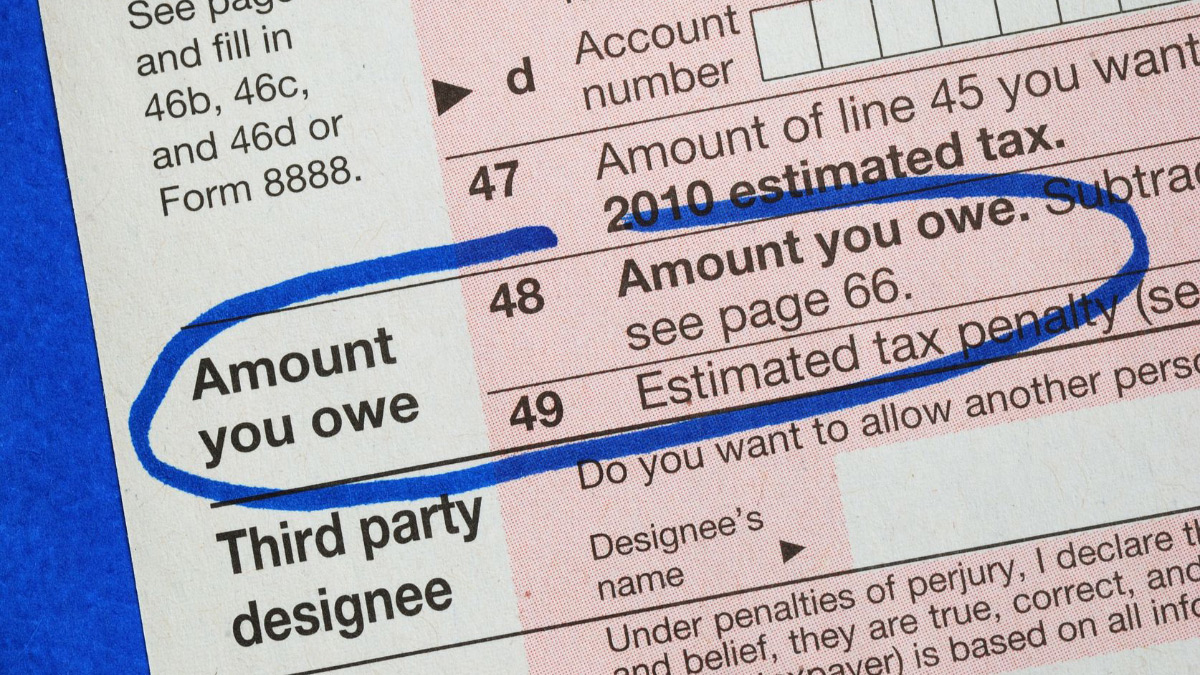Last year’s federal tax overhaul gives a valuable boost to the American economic engine and the hard-working people who drive it.
For years, U.S. businesses were burdened by tax rates that were both too high—39 percent, combined state and federal—and totally out of step with our global competitors, who enjoy a top average rate of 22.5 percent, down from a high of 30 percent in 2003.
The Tax Cuts and Jobs Act of 2017 removes that huge disadvantage. Its reduction of corporate income tax rates to 21 percent (a single rate!) serves to lower what economists call the “user cost of capital” and thereby encourages new private investment in job growth. Some of the spending on business equipment and expansion will use funds that U.S. and non- U.S. corporations would have invested abroad.
The corporate tax cut and other provisions of the new law credibly raise the long-run level of annual GDP growth by 3 percent, according to a group of economists that includes Robert Barro, Michael Boskin, Glenn Hubbard, George Shultz, and John Taylor, in an open letter published last November in the Wall Street Journal. Higher GDP growth translates into higher real wages—that is, what people’s money wages actually buy, adjusted for inflation.
Cuts in individual tax rates will ease taxpayers’ financial burdens. Although the cuts are smaller than corporate taxes in percentage terms, they are more helpful for the middle class than most people realize.
One reason for the misunderstanding is that analysts often measure tax cuts as percentages of after-tax incomes. However, it’s more illuminating to evaluate the cuts as percentages of income taxes that would have been owed under the old tax code. Using this approach, National Review reports that “households earning between $50,000 and $75,000 would get a 24 percent cut in 2019, while those over $1 million would get just a 6 percent cut.”
While the Tax Cuts and Jobs Act is a big improvement over the status quo, much work still must be done if we are to enact a better (less plunderous and simpler) tax code that promotes real prosperity and efficiency. Here are a few reasons why I see the tax reform as unfinished business.
Simplification. The 2017 tax law preserved seven individual income tax brackets. It also kept various exemptions and deductions that distort taxpayers’ decision making. The trick going forward will be to propose a much simpler tax code in ways that minimize political blowback from special interests.
Permanence. Several parts of the new tax law are set to expire in 2025, including the cuts in individual tax rates, the larger standard deduction, and the five-year provision for immediate and “full expensing” of business investments. Lawmakers should make the tax cuts permanent as soon as it’s politically feasible.
Corporate income taxes. Corporations ultimately do not pay income taxes, only people do. Because corporate taxes are shifted to stockholders, employees, suppliers, and customers, one can make a principled case for a corporate income-tax rate of zero.











